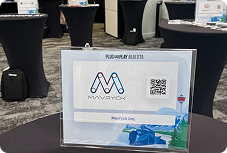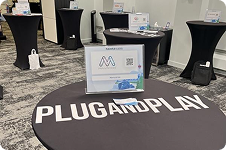Mavryck Blogs
Direct Vs Indirect Costs
Not All Costs Are Created Equal: Seeing the Hidden Drain in Infrastructure Projects
The Hidden Problem
"Most overruns aren't in what you track — they're in what you absorb." Direct costs are visible. Indirect costs are sneaky. They build in silence — as delays trigger redesigns, idle time, or extended governance. And most PMOs don't catch it until it's already billed or buried.
Where Indirect Burn Hides
Untracked costs bleed performance when issues compound. The cause is traceable. The cost is not.
- Utility delays extend engineering review
- Standby costs are absorbed quietly
- Documentation and compliance stretch with design churn
- Risk exposure drags team effort without change orders
Enter Knock-On Cost Mapping
Mavryck maps how delays, decisions, and risk posture affect cost beyond line items. We highlight the unbilled burn rate you can't see in invoices.
How Mavryck Uncovers Indirect Drain
Our comprehensive approach reveals the hidden costs that traditional tracking misses.
- Schedule-Cost Overlay: We correlate schedule delays with cost center exposure — PMO, safety, quality, documentation
- Risk Time-to-Cost Calculation: Mavryck quantifies how long a risk sits unresolved — and what that costs
- Design Rework Indexing: We flag churned drawings or repeated review cycles that silently increase effort
- Burn Rate Visualization: You see how effort multiplies due to issues that aren't flagged in cost reports
A Quick Case: $2.3M of Invisible Oversight
In one corridor build, clearance delays extended internal oversight by 6 weeks. No change order was issued — but $2.3M in indirect labor was consumed. Mavryck revealed it before finance flagged it.
Why It Matters
Margin loss isn't always visible. With Mavryck, it becomes measurable — and preventable.
Want to See Your Real Burn Rate?
Let Mavryck generate a knock-on cost map. We'll show where time, not invoices, is draining your budget.
Subscribe and stay up-to-date on Mavryck news, exclusive offers, and more.


